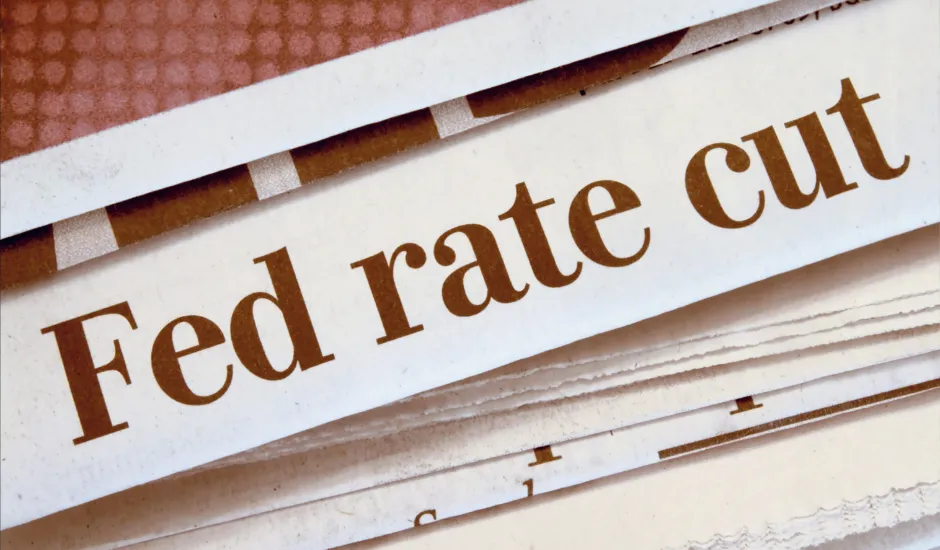
Why Didnt Rates Drop When Fed Cut Rates
Why Didn’t Mortgage Rates Drop When the Fed Cut Rates?
The Fed cut the Fed Funds Rate by 0.25% this week—a move the market had been expecting for a while. Not long after the announcement, one of my borrowers called me and said:
“The 10-Year Treasury is lower after the Fed cut rates—I think I want to re-price my loan.”
What he didn’t realize is that mortgage rates were already moving higher after the Fed’s announcement. Here’s why.
The Market Is Forward-Looking
For weeks, the market has been anticipating this exact 25bp cut (and two more before year-end). Because of that, rates had already adjusted in advance. Since the Fed signaled its intentions at Jackson Hole back on August 22, the 10-Year Treasury yield had already dropped by 27bps.
So when the official cut came, it wasn’t a surprise—and markets don’t usually move on news they’ve already priced in. It’s the unexpected Fed decisions or comments that shake things up.
The Fed’s Mixed Signals
The Fed did acknowledge that the labor market is weakening. Job losses are now outpacing job gains, unemployment is rising, and they expect further deterioration before year-end.
At the same time, Chair Powell stressed that inflation is still front and center for the Fed. That balance—recognizing economic softness while still keeping an eye on inflation—left markets relatively stable.
But, with the uncertainty of the Fed’s next move, we did see a slight bond market selloff, nudging rates up a bit.
What’s Next?
Markets are currently pricing in:
88% chance of another cut in October
78% chance of a cut in December
As always, upcoming labor and inflation reports will be the deciding factors. Both the Fed and the market will be watching closely, and so will we—because these reports will directly impact where mortgage rates head into year-end.
